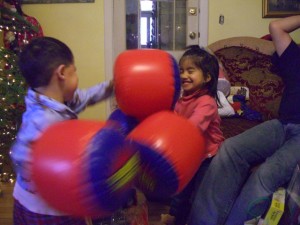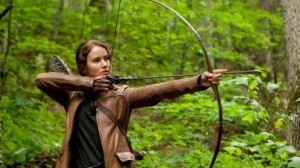From NWA to Trayvon Martin: How Assumptions Can Kill
In class, we discussed the moral panic surrounding rap groups such as NWA in the 80’s and early 90’s. Older black and white people, and many middle class moms were disgusted by what they assumed was violent, vitriolic, gang-related, and purposeless music. They assumed the message was “kill the pigs”, and that it had no purpose beyond inciting violence in young black youth. Of course, as anyone who has listened to the classic, “Fuck the Police”, knows, these songs were political statements and testaments of the conditions these young man had been forced into. However, many people in the US looked at the music through a racially charged lens. Black men are scary. Black men yelling “Fuck the Police” are terrifying. It makes no difference whether or not their families are being torn apart by police violence; they are scary and dangerous, and they are the enemy. This belief, held by a large segment of the population, led to the message of the song being lost in the shuffle for a lot of people.
Unfortunately, here we are 20 years later, and these types of stereotypical beliefs are still causing problems. They aren’t leading to the banning of rap songs anymore, they are leading to the deaths of young black males. Some people in this country still fear the black male, regardless of where they are or what they’re doing. That fear led George Zimmerman to shoot Trayvon Martin, an unarmed teenager walking back to his dad’s house. Zimmerman has not been arrested, and this has led to protests around the country, especially since the release of the 911 tapes show that Zimmerman may have had a racial bias when it came to his suspicion of Trayvon. Stereotypes and assumptions are bad enough when they lead to moral panics over rap music, but when they lead to the death of a teenager, they’re inexcusable.
NWA’s classic “Fuck The Police”



